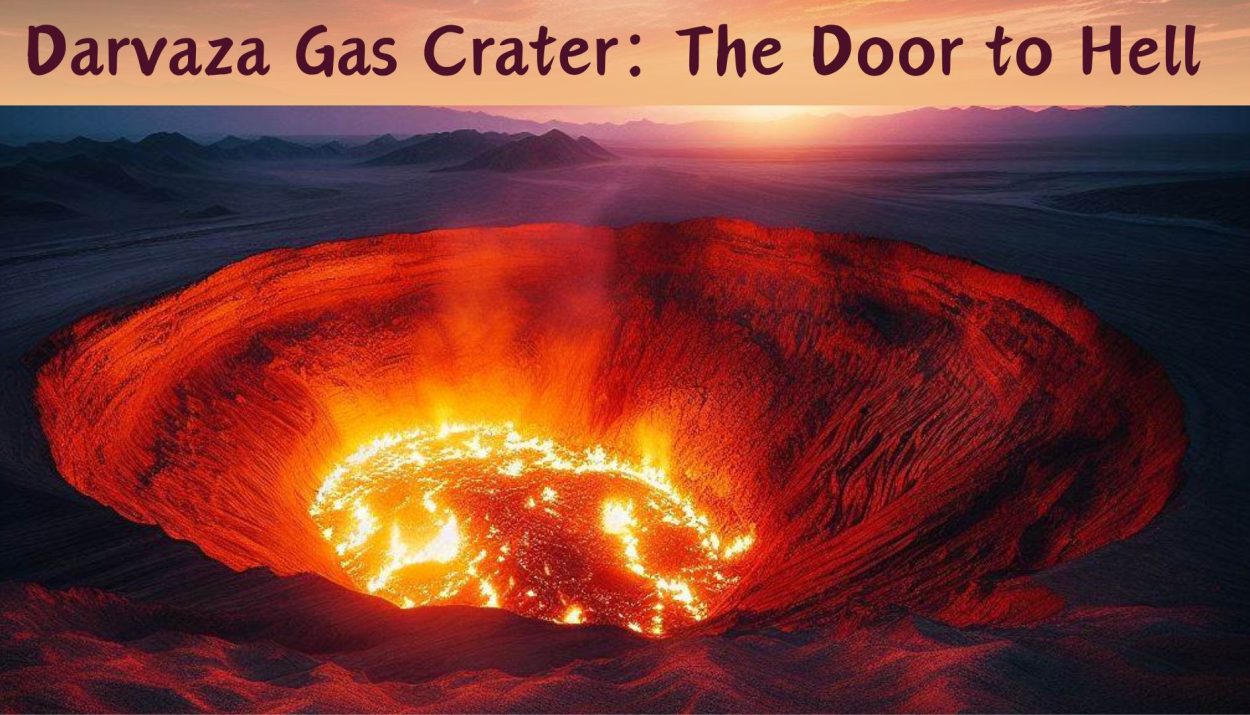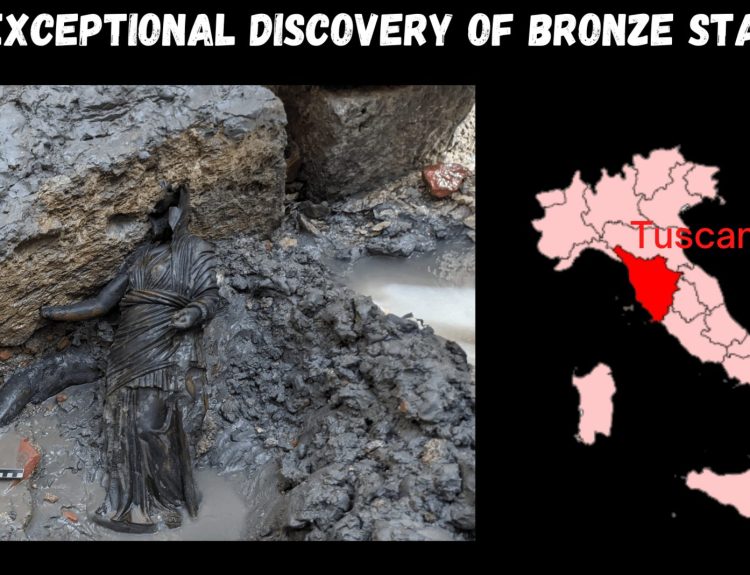Dazzling and enigmatic, the Darvaza Gas Crater: The Door to Hell, located in the heart of the Karakum Desert in north-central Turkmenistan, beckons both scientists and adventurers with its perpetual flames and geological wonders. This comprehensive exploration seeks to unravel the geological marvel, delving into its origins, scientific implications, and the unique fascination it commands.
Geological Genesis of the Darvaza Gas Crater
The prevailing belief attributes the formation of the Darvaza Gas Crater to a Soviet drilling mishap in 1971, although there is currently no available scientific evidence to substantiate this claim. While attempting to tap into natural gas reservoirs, the ground beneath the drilling rig collapsed, forming a massive crater. To prevent the release of toxic gases (mainly methane), engineers decided to ignite the gas, expecting it to burn out quickly. However, the flames have continued unabated for decades, creating an otherworldly spectacle in the Turkmenistan desert.

What sets the Darvaza Gas Crater apart is the absence of any other location where a high-pressure expulsion of burning methane forms a pit in the ground. This phenomenon is not only captivating and visually impressive but also provides ample opportunities for learning about this distinctive place.
Scientific Significance and Unintended Consequences
The perpetual flames of the Darvaza Gas Crater have inadvertently turned it into a unique scientific laboratory. Researchers study the microorganisms thriving in extreme conditions, providing insights into the potential for life in harsh environments on other planets. The unintended consequence of the crater, initially seen as an environmental hazard, has become a valuable site for understanding extremophiles and their adaptability.
In November 2013, George Kourounis, an explorer and storm chaser, embarked on an expedition partly financed by National Geographic and supported by travel company Kensington Tours. His objective was to become the first person to explore the depths of a crater measuring 225 feet (69 meters) in width and 99 feet (30 meters) in depth. He characterized it as a fiery coliseum, where in every direction, thousands of small fires illuminated the scene. The sound resembled a jet engine—a roaring, high-pressure, gas-burning noise. Remarkably, there was no smoke, as the flames burned exceptionally cleanly, providing an unobstructed view in every direction.

During his descent, he gathered soil samples from the bottom and discovered bacteria thriving in the high temperatures. Notably, these bacteria were exclusive to the crater and absent in the surrounding soil. Although life was present, it was sparse.
Impact on Local Communities and Tourism
The Door to Hell has become a focal point for both locals and tourists. While it was initially feared, the crater has become a symbol of energy wealth in Turkmenistan. Tourists are drawn to its mesmerizing flames, and the site has become a significant attraction, impacting local economies. The tourism industry around the Darvaza Gas Crater has brought attention to the delicate balance between environmental preservation and economic opportunities.
Read- Tourism Through Anthropological Eyes
Presidential Concerns to Enduring Flames
In April 2010, President Gurbanguly Berdimuhamedow suggested implementing measures to mitigate the crater’s impact on the development of nearby natural gas fields. In 2018, he formally renamed it the “Shining of Karakum”. In January 2022, Berdimuhamedow unveiled plans to extinguish the crater due to concerns about its adverse effects on local health, the environment, and the natural gas industry. However, despite the president’s intentions, the crater continues to remain active.
Conclusion
The Darvaza Gas Crater, with its perpetual flames, stands as a testament to the unintended consequences of human endeavours. This natural wonder not only offers valuable scientific insights but also serves as a captivating destination for those seeking the extraordinary in the heart of the Turkmenistan desert.
References
The First-Ever Expedition to Turkmenistan’s “Door to Hell”- National Geographic
Entering the ‘Door to Hell’- National Geographic
Turkmenistan plans to close its ‘Gateway to Hell’- BBC
Turkmenistan plans to extinguish vast gas crater fire dubbed ‘Gateway to hell’- The Guardian
The Quest to Extinguish the Flames of Turkmenistan’s Terrifying ‘Gates of Hell’ Firepit
What ‘Gates of Hell’ closing after half a century in Turkmenistan means for the environment







